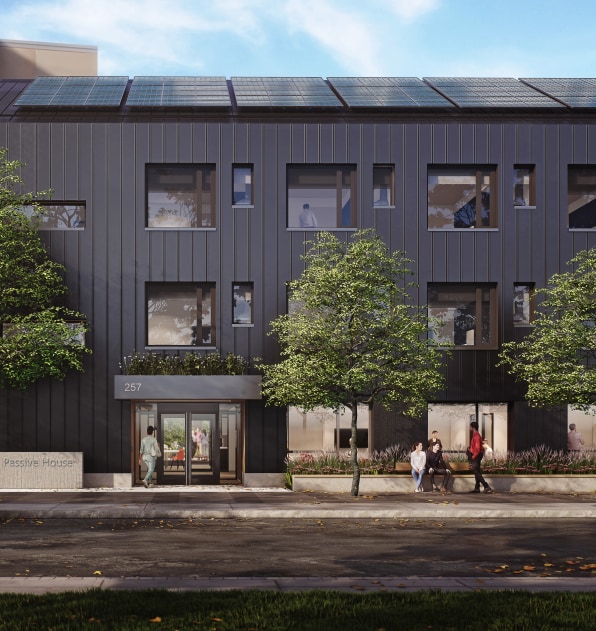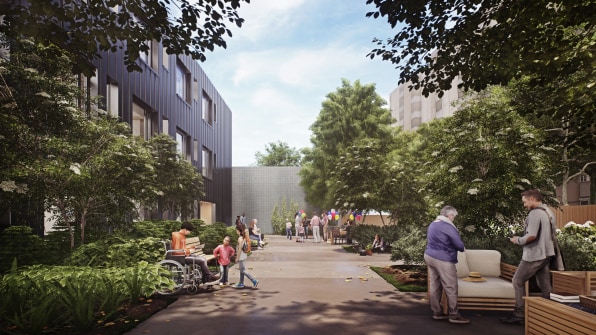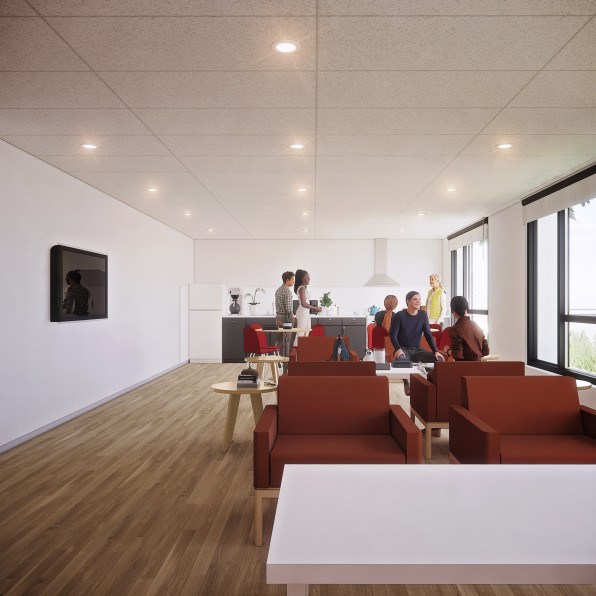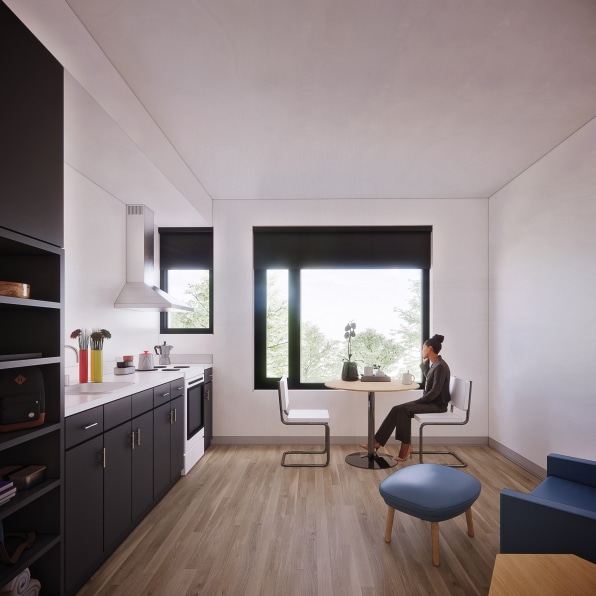NZ
Catching climate change through the courts
Should there be a legal duty to not contribute to climate change? The Supreme Court has been tasked with answering the question.
Mike Smith, whose case was heard in the Supreme Court this week. Photo: NZ Herald / File
It's not every day that you see one person suing a group of massive corporates worth tens of billions of dollars.
But that's exactly what's happened this week.
Mike Smith (Ngāpuhi, Ngāti Kahu) is an iwi leader and climate change activist. He's taking seven of New Zealand's biggest greenhouse gas emitters to court - among them, big hitters like Fonterra and Genesis Energy - on the grounds that these big corporates have breached a duty of care to New Zealanders by materially contributing to climate change.
He's arguing on some fine, fairly novel points of law. The courts have never before recognised any sort of duty not to contribute to climate change. If Smith wins, he'll have changed the way New Zealand fights climate change - but that's a pretty big if.
Smith's bid has made it all the way to the Supreme Court after the lower courts declined to hear Smith's case. They say the outcome Smith wants represents a serious shift in our national climate change policy, and that our democratically-elected parliament should be the ones to make that call, not the courts.
But Smith's legal team are urging the courts to be bold.
"Perhaps the most important question, if courts aren't going to do this, what are they going to do?" says Victoria University law professor Geoff McLay.
"What're you here for, if you're not here for the biggest crisis of our time? And the lawyers on the other side have really been struggling to answer that basic question. I think the judges are really engaged with what their role is and what they ought to be doing about this existential crisis we all face."
Today on The Detail, Emile Donovan speaks to Geoff McLay and BusinessDesk journalist Victoria Young about the unprecedented 'David and Goliath' battle being waged in our courts, pulling legal strings in an attempt to force an intervention on climate change.
The big seven emitters Smith is taking to court have been technically acting within their powers - they're not breaking any written law passed by parliament. Smith's case is calling on New Zealand's common law system - judge-made law that appeals to broader principles of fairness and common sense - to show that the big emitters are causing harm, and shouldn't be allowed to continue with business as usual.
Specifically, Smith is calling on torts. McLay describes torts as the common law concerning civil wrongs, and Smith is arguing for liability under three different torts.
"The first negligence, which is the common or garden all-pervasive tort of our times," says McLay.
"This is where you make a mistake: you're riding a bike, you're not paying attention, you slam into a rich person's car: you're liable in negligence to them in common law."
They're also arguing public nuisance - behaviour interfering with public life and enjoyment - and, if all else fails, the creation of a new tort to cover climate harm.
"It's kind of like a Hail Mary pleading. It might not fit negligence, it might not fit public nuisance, but there must be something out there that it fits, and it's very much an invitation for the judges to invent perhaps a more environmentally-focused tort or a climate change tort in its own right."
Victoria Young has been at the hearing at the Supreme Court this week, and describes the mood in the room.
Chief Justice Helen Winkelmann. Photo: Stuff Limited / Robert Kitchin
"The first part of the hearing which I watched on Monday was a lot about who are the defendants - I mean, who are you going to get for the damage caused to you by climate change?"
The Chief Justice Helen Winkelmann remarked to the room that everyone is an emitter. Another member of the Supreme Court, Justice Stephen Kós, pointed out that he drives a high-emissions car.
"He said, 'Well, I've got a Land Rover. Sue me! Why don't you sue me?'"
"How big do you want to go? This is the thing: can courts draw lines around this massive issue?" says Young.
She says another one of the case's issues is whether the harm caused by big emitters is direct or visible enough to sustain a claim.
"People know that [climate change] is happening, but not necessarily enough to change their behaviours about it. In a way, it's not a visible threat."
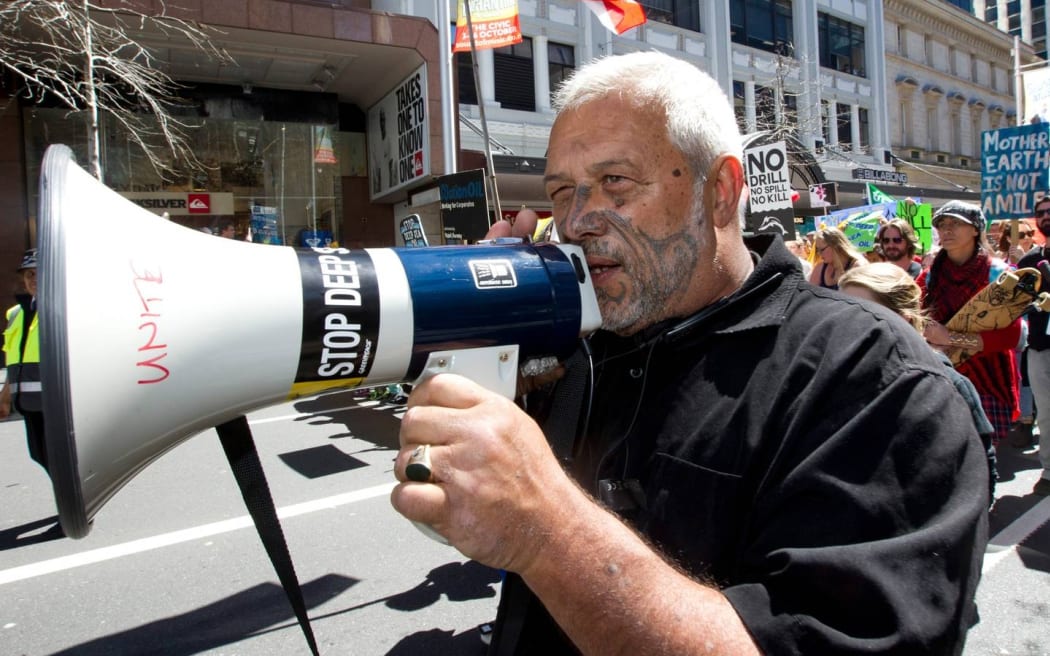
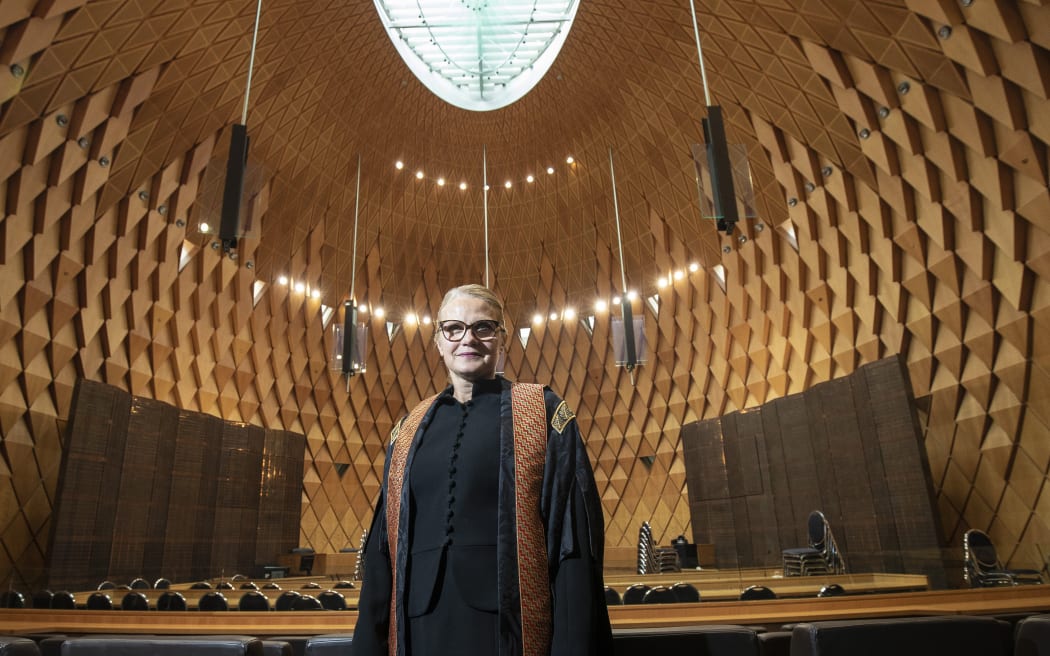



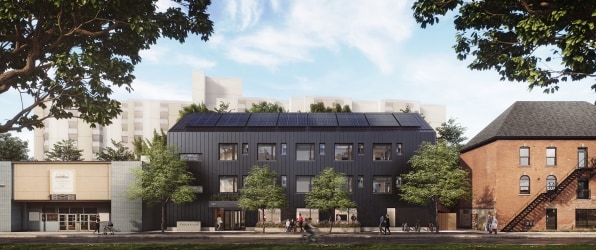 [Image: Montgomery Sisam Architects]“We’re trying to run operations lean so that we can provide the most affordability, and the most units,” says Sean Botham, who leads development for CityHousing Hamilton, the affordable housing provider. Government funding, partly enabled by Canada’s goal to reach net zero emissions by 2050, is helping the city pay for more efficient buildings.
[Image: Montgomery Sisam Architects]“We’re trying to run operations lean so that we can provide the most affordability, and the most units,” says Sean Botham, who leads development for CityHousing Hamilton, the affordable housing provider. Government funding, partly enabled by Canada’s goal to reach net zero emissions by 2050, is helping the city pay for more efficient buildings.